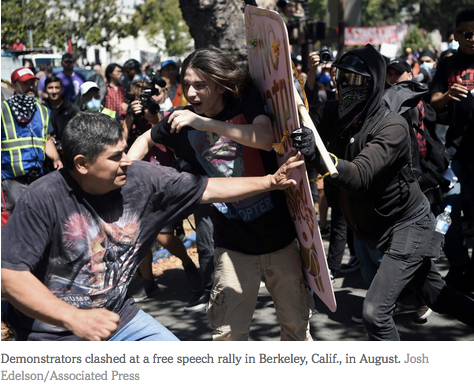These questions arise because the jurisprudence of the First Amendment was written for a different set of problems in a very different world. The First Amendment was ignored for much of American history, coming to life only in the 1920s thanks to the courage of judges like Learned Hand, Louis Brandeis and Oliver Wendell Holmes. Courts and civil libertarians used the amendment to protect speakers from government prosecution and censorship as it was practiced in the 20th century, such as the arrest of pamphleteers and the seizure of anarchist newspapers by the Postal Service.
But in the 21st century, censorship works differently, as the writer and academic Zeynep Tufekci has illustrated. The complete suppression of dissenting speech isn’t feasible in our “cheap speech” era. Instead, the world’s most sophisticated censors, including Russia and China, have spent a decade pioneering tools and techniques that are better suited to the internet age. Unfortunately, those new censorship tools have become unwelcome imports in the United States, with catastrophic results for our democracy.
The Russian government was among the first to recognize that speech itself could be used as a tool of suppression and control. The agents of its “web brigade,” often called the “troll army,” disseminate pro-government news, generate false stories and coordinate swarm attacks on critics of the government. The Chinese government has perfected “reverse censorship,” whereby disfavored speech is drowned out by “floods” of distraction or pro-government sentiment. As the journalist Peter Pomerantsev writes, these techniques employ information “in weaponized terms, as a tool to confuse, blackmail, demoralize, subvert and paralyze.”
Read full article




